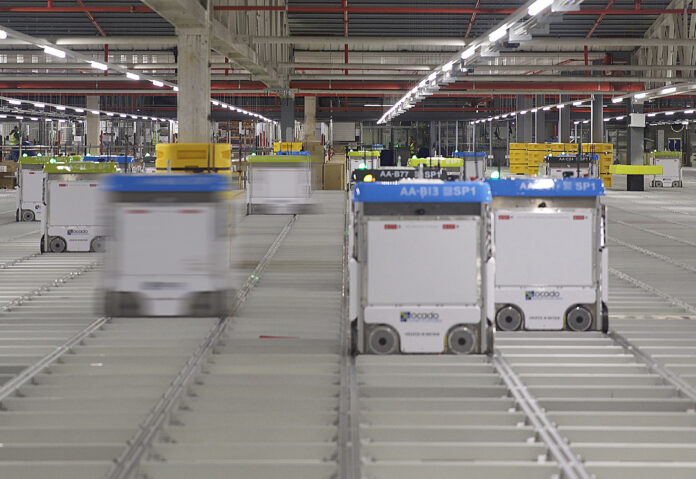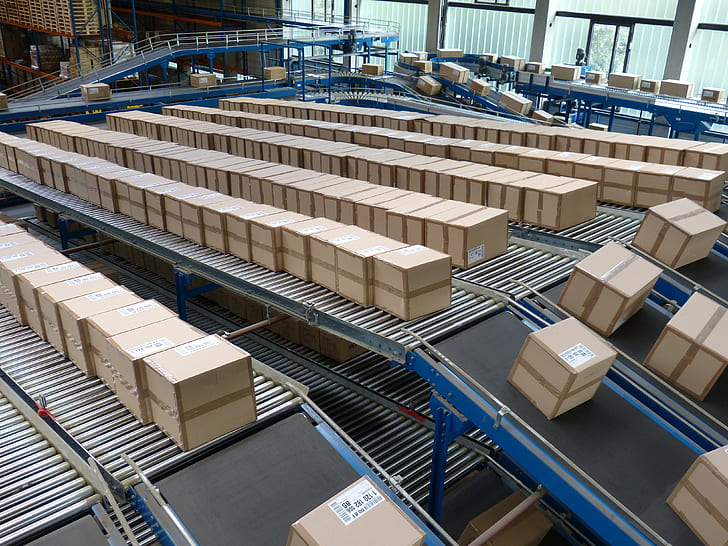
The modern supply chain is a complex and intricate web, linking manufacturers, suppliers, distributors, and retailers across the globe. As the global economy becomes more interconnected, the need for efficient and agile supply chain management has never been greater. Enter Artificial Intelligence (AI) and Predictive Analytics – two transformative technologies that are revolutionizing the way supply chains operate. In this article, we explore the role of AI and predictive analytics in supply chain optimization, and how these technologies are reshaping the landscape of logistics and distribution.
The Power of AI in Supply Chains
Demand Forecasting
AI algorithms analyze historical data, market trends, and external factors to predict demand accurately. This helps companies adjust production and inventory levels, reducing overstocking or stockouts.
Optimized Routing and Logistics
AI-driven algorithms optimize routes for transportation, considering factors like traffic, weather, and delivery constraints. This enhances delivery efficiency and reduces transportation costs.
Real-time Inventory Management
AI systems continuously monitor inventory levels and trigger reorder points. This minimizes stock holding costs and ensures products are available when needed.

Predictive Analytics: Transforming Supply Chains
Data-Driven Decision-Making
Predictive analytics processes vast amounts of historical and real-time data to identify patterns and trends. This data-driven insight enables informed decision-making at every stage of the supply chain.
Risk Mitigation
Predictive analytics helps identify potential disruptions, such as supply chain bottlenecks or delays, allowing companies to proactively address issues before they escalate.
Supplier Relationship Management
By analyzing supplier performance data, predictive analytics helps in identifying high-performing suppliers and predicting potential disruptions in the supplier network.
Real-World Applications
Amazon’s AI-Powered Fulfillment
Amazon’s AI-driven forecasting algorithms predict demand with remarkable accuracy, ensuring products are stocked in fulfillment centers just in time to meet customer orders.
DHL’s Predictive Maintenance
DHL employs predictive analytics to monitor the condition of its delivery vehicles. By predicting maintenance needs, DHL can prevent breakdowns and optimize vehicle availability.
Coca-Cola’s Demand Sensing
Coca-Cola uses AI and predictive analytics to improve demand sensing. By analyzing sales data, weather forecasts, and social media trends, they anticipate shifts in consumer demand and adjust production accordingly.

The Synergy of AI and Predictive Analytics
The integration of AI and predictive analytics creates a dynamic synergy that transforms supply chain management. AI’s ability to process real-time data combined with predictive analytics’ foresight empowers supply chain professionals to anticipate market changes, optimize operations, and respond proactively to challenges.
Navigating Challenges and Embracing Opportunities
Data Quality and Integration
Clean and accurate data is essential for AI and predictive analytics to work effectively. Ensuring data quality and integration across various systems can be a challenge.
Change Management
Implementing AI and predictive analytics requires a shift in organizational mindset and processes. Employee training and change management strategies are crucial for successful integration.
Continuous Learning and Improvement
AI and predictive analytics systems must continuously learn from new data to remain effective. This requires ongoing monitoring, adjustment, and refinement.
The Future of Supply Chain Optimization
As technology continues to advance, the role of AI and predictive analytics in supply chain optimization is set to expand. From automated warehousing and delivery to real-time demand sensing, these technologies will shape the supply chains of the future. Organizations that embrace these transformative technologies will gain a competitive edge, delivering products to customers faster, more efficiently, and with greater accuracy than ever before.




